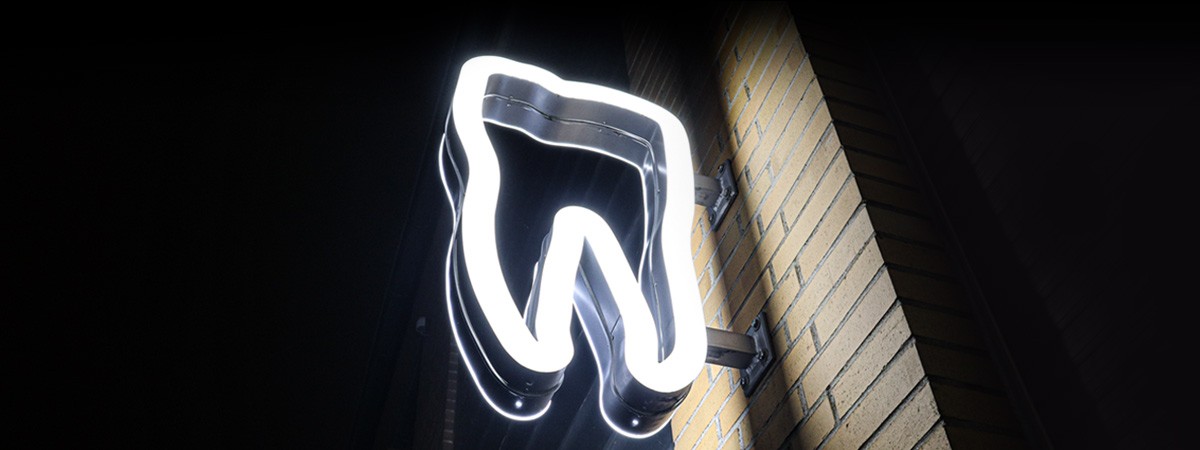A dentist’s office has a wide array of equipment to help maintain patients’ oral hygiene: Special lighting and chairs, a variety of metal implements, and more complex systems such as an x-ray machine and drill. Two such complex systems use vacuum to ensure that neither dentist nor patient has any negative effects from their visit.

A Dentist’s Daily Routine
Sterile and safe with vacuum
The first appointment of the day, and the vacuum pumps are already set up and ready for use. At the dentist’s office, vacuum plays a vital role in keeping treatments hygienic and safe for dentist and patient alike. A variety of dental procedures use it – and vacuum pumps from Busch provide it.
A dentist’s office has a wide array of equipment to help maintain patients’ oral hygiene: Special lighting and chairs, a variety of metal implements, and more complex systems such as an x-ray machine and drill. Two such complex systems use vacuum to ensure that neither dentist nor patient has any negative effects from their visit.
A dentist’s office has a wide array of equipment to help maintain patients’ oral hygiene: Special lighting and chairs, a variety of metal implements, and more complex systems such as an x-ray machine and drill. Two such complex systems use vacuum to ensure that neither dentist nor patient has any negative effects from their visit.
Humanity’s first fillings
Fillings are a standard procedure in modern dentistry to repair a cavity, and most adults will have at least one in their lifetime. However, although materials and tools have been continuously developed and improved, this dental treatment is no modern invention. The earliest recorded filling dates back to around 13,000 years ago. It was discovered in the jawbone of a Paleolithic person who lived in what is now Tuscany in Italy. The two front teeth show evidence of having been hollowed out with stone tools, presumably to remove infected tissue. They were then refilled with bitumen, a naturally occurring tar-like substance that can also act as an antiseptic. Beeswax was another readily available filling material and was discovered in a 6,500-year-old tooth found in a cave in modern-day Slovenia. Filling materials today are more permanent: Most fillings tend to be made of metals, ceramics, or plastic resins.
Fillings are a standard procedure in modern dentistry to repair a cavity, and most adults will have at least one in their lifetime. However, although materials and tools have been continuously developed and improved, this dental treatment is no modern invention. The earliest recorded filling dates back to around 13,000 years ago. It was discovered in the jawbone of a Paleolithic person who lived in what is now Tuscany in Italy. The two front teeth show evidence of having been hollowed out with stone tools, presumably to remove infected tissue. They were then refilled with bitumen, a naturally occurring tar-like substance that can also act as an antiseptic. Beeswax was another readily available filling material and was discovered in a 6,500-year-old tooth found in a cave in modern-day Slovenia. Filling materials today are more permanent: Most fillings tend to be made of metals, ceramics, or plastic resins.